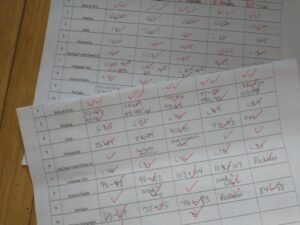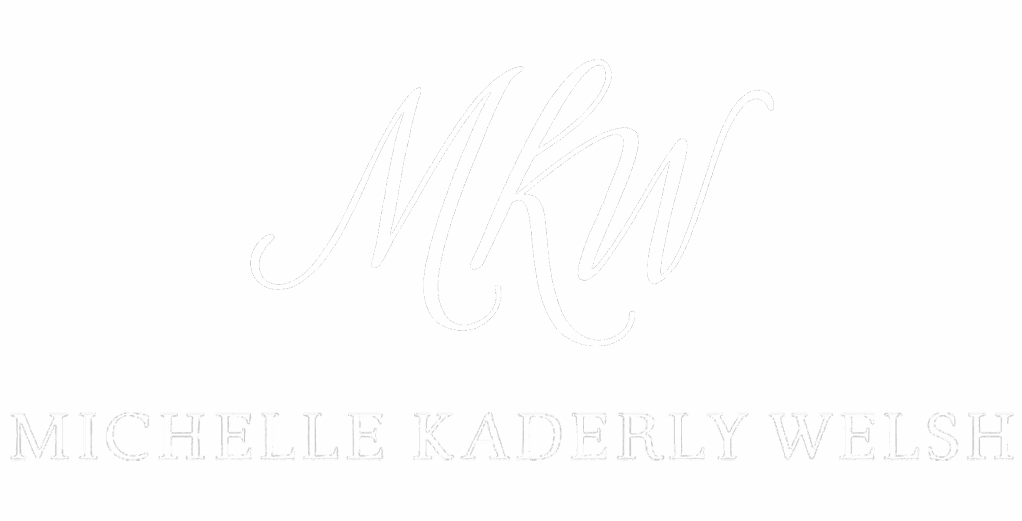Another question I am often asked is, “Should I have a schedule for my homeschool?”
Some homeschoolers are spontaneous, free spirits, but I am the type of person that thrives with order, so when people ask if they need a schedule when they homeschool, my answer is a resounding yes.
Have a loose or fluid schedule
Of course, one must be flexible. Rigidity will only cause stress. Never plan your schedule so tight that you’re off it almost immediately. Rather than schedule hour by hour—that never worked for us because tasks always take longer—I had a start time and a time to break for lunch and a time that we’d cut it off for the day.
A schedule can vary day by day, week by week or by month. When my mother-in-law needed me to be with her for a surgery, I brought my daughter along with some of her books and she kept busy doing assignments that didn’t need much input from me. I did all the correcting when we got home, and picked up to our normal routine the next day.
Schedule helps everyone know what’s next

I liked keeping subjects in an order so that kids knew what to pick up next if they finished with an assignment. At first, I tried to accomplish the hardest classes first, figuring we’d get them over with, but these were often the most time consuming, so by lunch time, we might all be stressed because we hadn’t accomplished much. When I left the hardest classes for the end of the day—for us it was math—everything sailed along much better. We were pleased with what we had accomplished by lunch. After a break, we could tackle math.
Morning is often a more creative time also, so that is a good time to tackle writing assignments. If we had a library visit planned for a research paper, then we adjusted our schedule so we had that subject last instead.
I found that if we planned excursions in the morning, you might as well figure that the list of subjects for that day must be pared down. This is a good plan too.
General order of my day
Daily lessons in my homeschool included Bible, reading a story together for half an hour, spelling, English/writing, history/social studies, science/health, and math. Extras such as Spanish or French, art, music (including piano lessons) fit in as time permitted. Practicing their piano happened after school. Sometimes we’d take a Friday afternoon and dedicate it to art projects.
Physical exercise fit in for stretching and calisthenics happened in the morning usually, but my kids kept active after school with rollerblading, biking, walking, running, playing pick up football or baseball games with the neighbor kids, taking self-defense or jujitsu, taking a dance class with other homeschoolers, having a day of ice skating with other homeschoolers, roller skating with youth group, building huge snow forts in the winter, shoveling, helping neighbors with yardwork, helping me weed the garden, and such. Gardening also helps kids appreciate where their food comes from and promotes healthier eating. I never worried about them not getting enough exercise.
Paper versus computer

I kept a paper schedule that started in a planner and evolved into a page I developed in Excel and copied for every week of the year. I wrote lesson plans by hand, but some may prefer to keep it on the computer. Everyone likes to see lessons checked off when completed. It gives one a sense of accomplishment and shows progress.
This is how I did it, but every family is different. You will figure out what works best for your family through trial and error. Don’t stress over it. You will find your happy, most productive way of getting through your lessons. As I said, every family is different, so what works for one, might not work for another.
What does your school schedule look like?
Planner photo by Marissa Grootes on Unsplash.
Discover more from Michelle Kaderly Welsh
Subscribe to get the latest posts sent to your email.




No responses yet